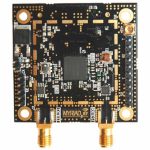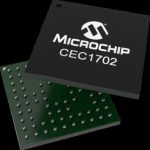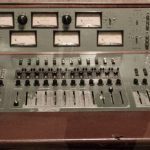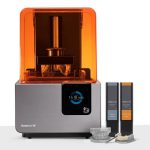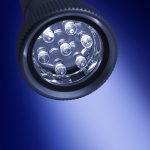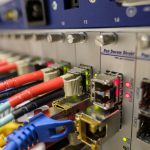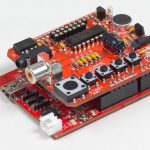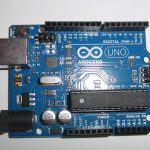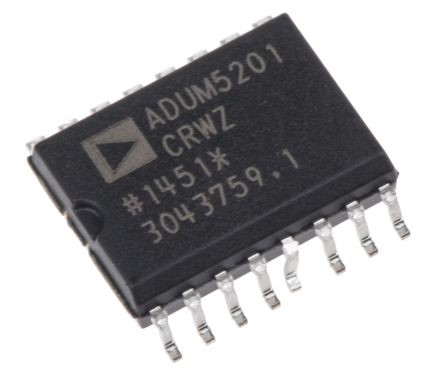
Isolators
Isolation is very necessary for equipment’s as it provides component protection, user safety, and signal level shifting. Safety regulations also demand that isolation is implemented in some equipment. In overall, isolation components add value to any system by introducing an additional functionality and ensuring safe operation of the system. Up until a decade ago, optocouplers were the primary mode of isolation. Then came digital isolator. Digital isolators have since come a long way. Digital, CMOS-based isolation has since become the technology of choice in many types of equipment.
Digital isolator’s structure
Digital isolators contain transformers or capacitors which they use to couple data across an isolation barrier. The transformers produce pulses of current which it then pulses them through a coil hence creating a localized magnetic field that induces a current in another coil. These current pulses are very short. They are approximately 1ns long hence the average current is low.
The transformers are also differential and hence provide excellent common-mode transient immunity. Magnet coupling exhibits weaker dependence for capacitive coupling on the distance between the transformer coils when compared with the dependence for capacitive coupling on the distance between plates. Owing to this, there exists thicker insulation between transformer coils leading to higher isolation capability. The two coils are held in place by polyimide films which also exhibit low stress enabling the transformers to achieve high levels of isolation when compared to capacitors.
The architecture of capacitors is such that they are single ended hence they have a high susceptibility to common mode transients. Using differential pairs of capacitors can compensate for that, however, this will increase the size and cost. The only advantage of using a capacitor is that if they use low currents to create the coupling field.
You May Also Like This:”Digital Isolation Techniques”
How data is transmitted
Digital isolators advanced circuitry to encode and decode data allowing for fast data transmission and the ability to handle complex, bidirectional interfaces for instance USBs and I2C. There are two methods commonly used to transmit data. One allows method encodes the rising and falling as single or double pulses which then drive a transformer. The pulses are decoded back to rising and falling edges on the secondary side of the transformer.
The other method uses RF modulated signals, in the same manner, optocouplers use light. The logic HIGH results in continuous RF transmission. This method is, however, more power consuming compared to the pulse method.
Picking the right combination
Within the class of digital isolators exist different combinations of insulating material, structure, and data transfer methods. They distinguish different products making some more or less fit for some applications. Polymer-based materials offer more robust isolation capability and can be used in many applications. Capacitor based isolation is more suitable for functional isolation where safety isolation is not needed.






